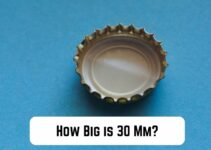A rare unit of measurement in everyday life, 10 mm finds its place in precision-oriented tasks such as crafts and model-building involving small household items – like screws and buttons.
Understanding this measurement allows for meticulous craftsmanship in such tasks, ensuring that components fit together seamlessly.
Additionally, it provides a practical perspective on scale, enabling individuals to conceptualize and work with dimensions that may seem minuscule but hold significant importance in various applications.
In this post, I’ll walk you through 14 familiar comparisons for 10 mm to help you understand how long it is – and maybe know what to work with.
Read: How Much is 75 Ounces? 14 Common Comparisons (+Pics)
Read on.
14 Common Comparisons For 10 Millimeters
Ten millimeters equals 1 centimeter, 0.394 inches, and 0.033 feet.
The following comparisons provide a tangible reference point for that length.
1. Diameter of an AAA Battery

AAA batteries are household items used in items like remote controls, small electronic gadgets, and other portable machines.
Their ubiquity and standardized dimensions make them a convenient reference point for understanding and visualizing small measurements in various contexts.
For 10 mm, you can refer to the diameter of these batteries since they are usually 10.5 mm wide.
2. Edge Length of a Sugar Cube
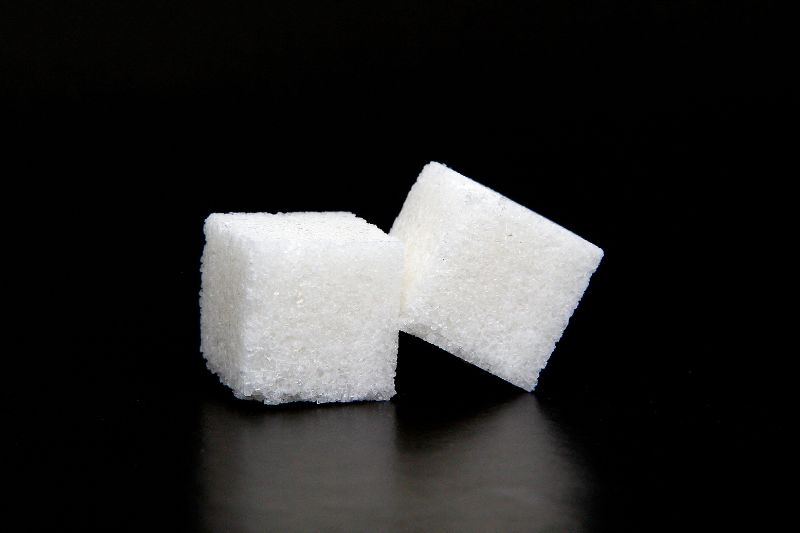
Sugar cubes are convenient and standardized portions of sugar, usually measuring about one cubic centimeter in volume, with an edge length of approximately one centimeter or 10 mm.
Their dimensions offer a tangible reference for small measurements in various contexts, including cooking and crafting.
So, for 10 mm, refer to the edge length of a sugar cube.
3. A Stack of 2 Bottle Caps

Bottle caps provide a tangible reference point for gauging dimensions in DIY projects, crafting, or everyday scenarios where a quick, accessible reference for a small measurement is needed.
That’s because they are consistently available and have standard sizes, typically 28 mm in diameter and 5.5 mm in height.
Thus, you can visualize that 10 mm as roughly twice the height of a bottle cap.
4. Half a Dime
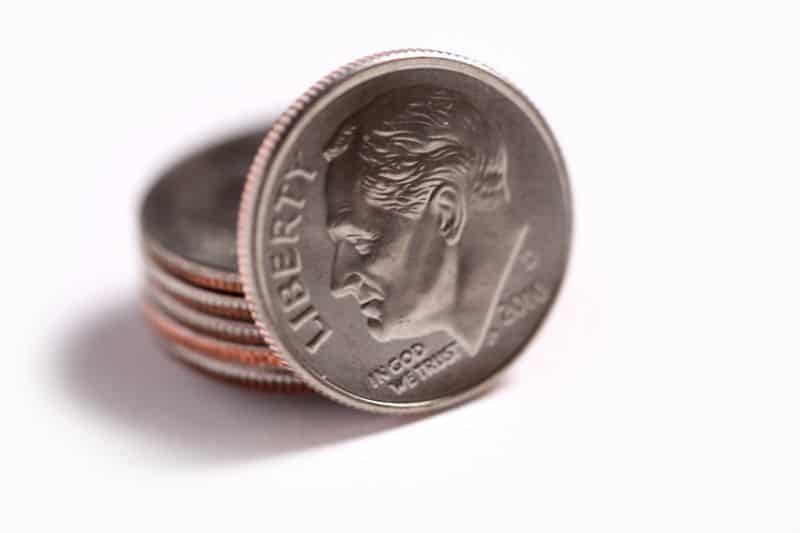
Dimes are used in everyday transactions for small purchases, such as buying snacks, making phone calls, or other small-value items.
Their small size also makes them suitable for various applications, such as coin-based math activities, calibration of scales, and convenient reference points for understanding measurements.
Since a dime is 18 mm wide when you round off, 10 mm would be approximately the length from the center to the edge.
5. Half a Nickel
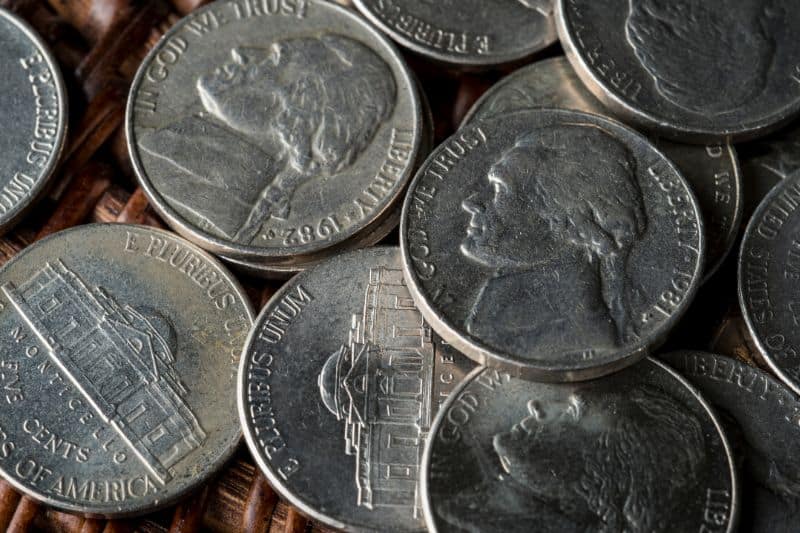
The nickel is a widely circulated coin used in everyday transactions, such as buying a single piece of candy or using vending machines.
A nickel is slightly larger than a half-dollar coin, with a diameter of 21 mm, so you can use half its width to get a sense of 10 mm.
6. ⅓ Half-dollar Coin
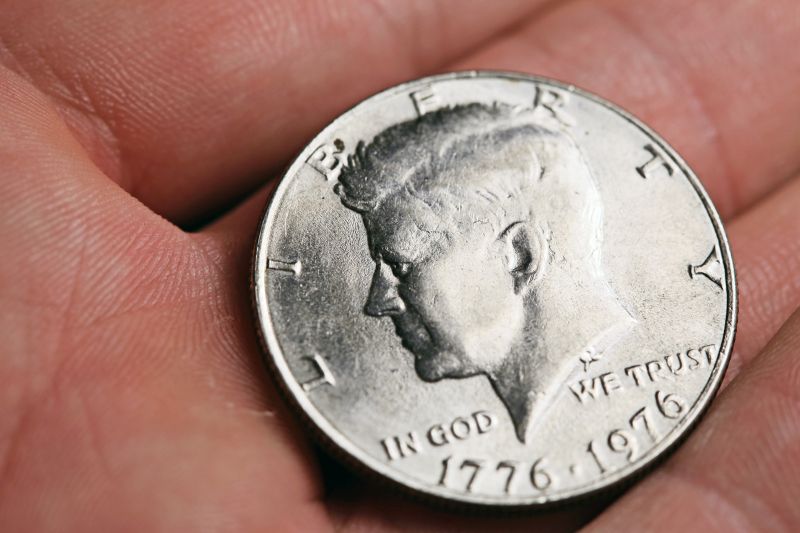
While less commonly used in everyday transactions than smaller denominations, half-dollars still circulate due to their numismatic value.
Half-dollar coins have a diameter of 30.61 mm and a thickness of 2.15 mm, meaning you can understand how long 10 mm is by visualizing dividing the coin into three equal portions. Each would be approximately 10 mm long.
Alternatively, if you have several half-dollar coins, you can stack five to realize the length of 10 mm.
7. A Stack of 6 US Quarters

The US quarter is often one of the most used coins in daily transactions, commonly used in vending machines and parking meters, and as a change for small purchases.
If you have reserved a few quarters, they can provide a tangible sense of 10 mm.
Each US quarter is 1.75 mm thick, meaning you only need to stack six to realize the length you’re looking for.
8. 2 Grains of Short-grain Rice
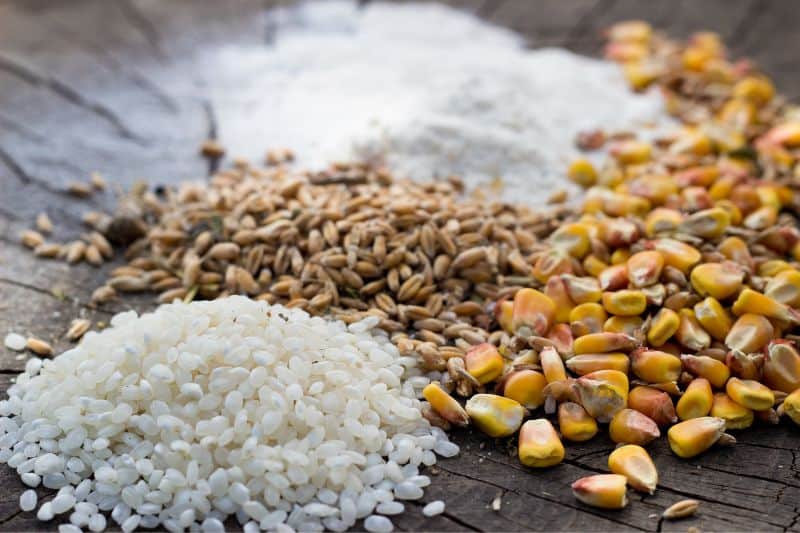
Rice generally falls into three main grain sizes: long, medium, and short.
Short-grain rice is round and plump and becomes sticky when cooked, making it suitable for dishes like sushi. As expected, it’s the shortest, around 5.5 mm long.
Thus, 10 mm is approximately two grains of short-grain rice placed end to end.
9. A Raisin

Raisins come in various sizes, and their dimensions can depend on factors such as the grape variety and drying process.
However, according to the general guidelines, regular raisin flirts with 10 mm, and therefore, it can be a handy reference for 10 mm if you have them at home.
10. 2 Standard Staples
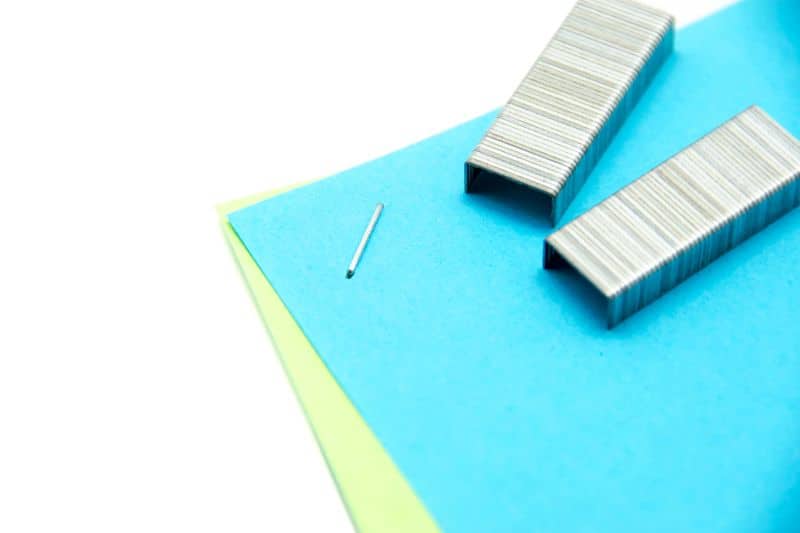
Staples are versatile tools found in schools, libraries, and home offices.
Besides fastening and organizing documents or materials, staples are practical and convenient tools for quick estimations or comparisons when dealing with lengths in the millimeter range.
Since a standard staple is around 6 mm long, you can visualize 10 mm as slightly longer than two staples placed end-to-end.
11. 1/10 Piece of a Standard Playing Card
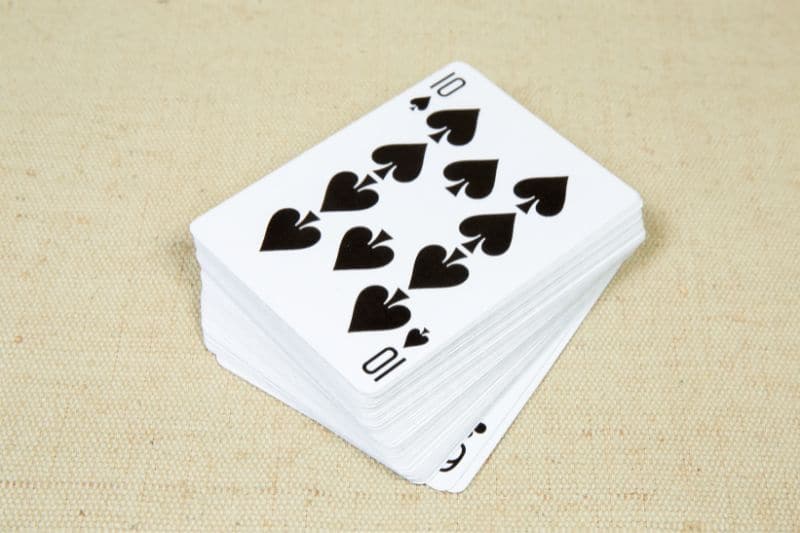
Other than using standard playing cards for playing card games such as Poker and Bridge, you can leverage their prevalence to understand different measurements.
Standard playing cards are usually 2.5 inches wide and 3.5 inches long, making them practical references for lengths such as 3 inches.
But you can still rely on them for miniature lengths, like in our case, 10 mm.
Since 3.5 inches translates to approximately 90 mm, divide a standard playing card lengthwise into ten equal portions. Each would be roughly 10 mm wide.
12. ⅕ Piece of Business Card

If you have a business card you obtained from a past conference or meeting and think it’s useless, it’s time to pull it up.
You can repurpose it as a reference for understanding small measurements, starting with 2 inches since business cards are 2 inches wide.
And 10 mm?
Divide the card width-wise into five equal portions. Although the pieces retain the original card length, each will be 10 mm wide.
13. ⅕ Piece of an ATM Card

With standardized dimensions, you can use an ATM card as a makeshift ruler, helping you gauge dimensions in situations where precision is not critical.
The typical width of an ATM card is 2.1 inches, negligibly wider than a business card.
Therefore, if you have one right now, hold it and visually divide it width-wise into five equal portions – like we’ve done with a business card – to result in five parts, each 10 mm wide.
Alternatively, if you stack 13 ATM cards, you would realize a similar measurement since an ATM card is 0.76 mm thick, according to the International Organization for Standardization (ISO).
Read: How Long is 6 Cm? 17 Common Comparisons (+Pics)
14. A Pencil Eraser

A pencil eraser is a small, typically pink or white, rubber tool attached to the end of a pencil.
Since a brand new pencil is 7.5 inches long including the eraser and reduces to approximately 7 inches when you remove it, it means the eraser is about half an inch long. That’s roughly 10 mm.







